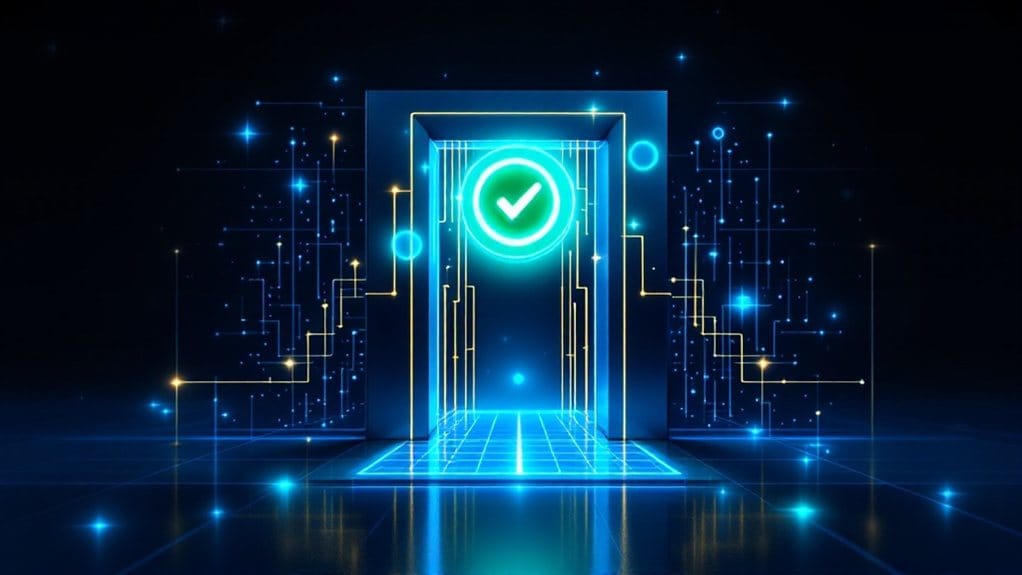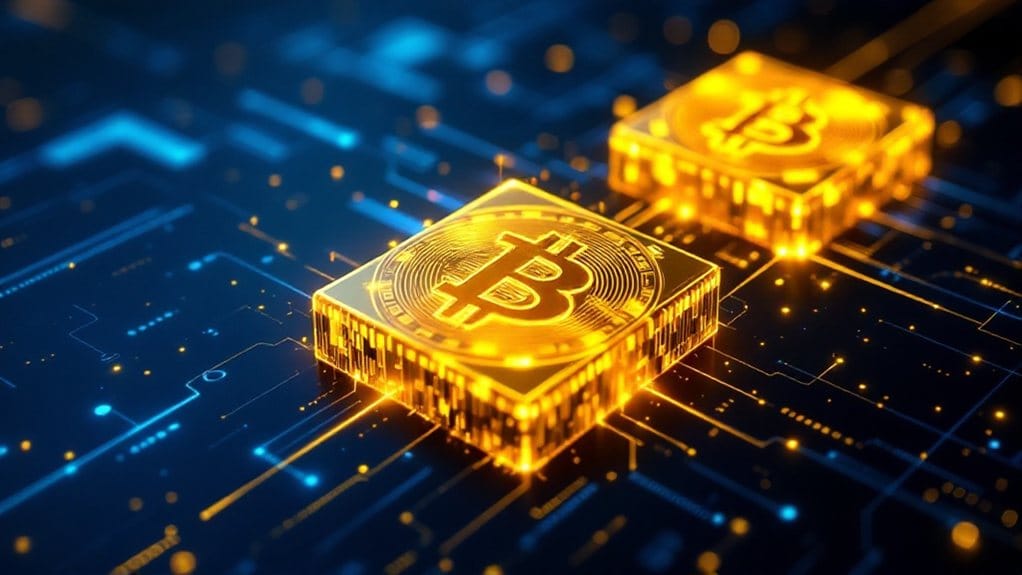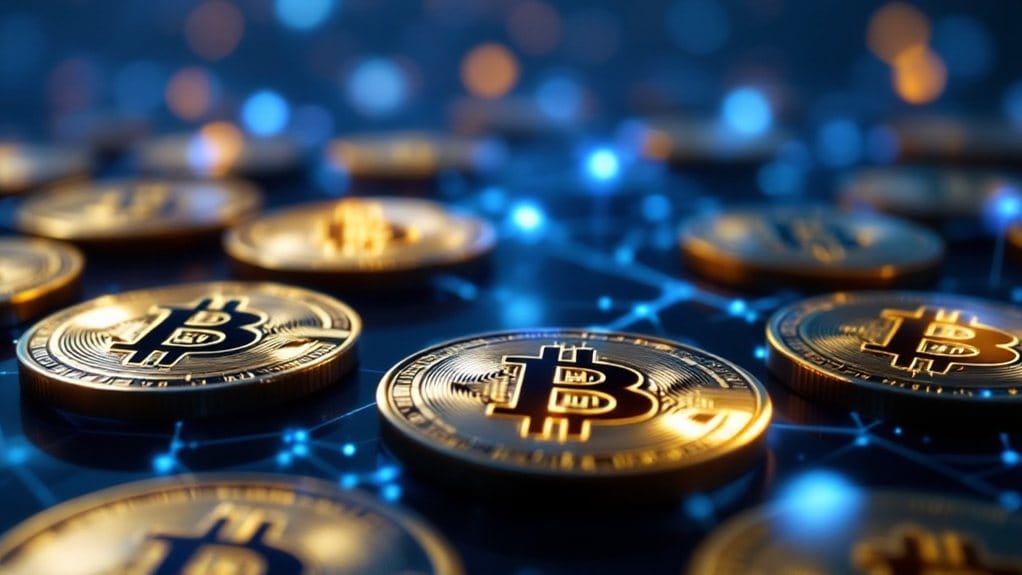The Ethereum Cancun upgrade introduces significant network improvements through Proto-Danksharding and key EIPs, boosting scalability and efficiency. This March 2024 update reduces transaction costs through EIP-1153's transient storage implementation and optimizes layer 2 solutions via EIP-4844. Network performance increased by 10.5% through EVM optimization, while improved cross-chain functionality supports developer innovation. These foundational changes position Ethereum's ecosystem for expanded capabilities and future technological developments.

The Ethereum Cancun upgrade, which went live on March 13, 2024, represents a significant milestone in the blockchain's evolution toward improved scalability and efficiency. The upgrade introduces several essential Ethereum Improvement Proposals (EIPs), with EIP-4844's Proto-Danksharding emerging as a foundational feature that enables more cost-effective data posting for layer 2 rollups, fundamentally transforming how the network handles scalability challenges. Extensive testing has been required among developers, validators, and users to ensure successful implementation. The upgrade's focus on EVM optimization significantly improves overall network performance by 10.5%.
Ethereum's Cancun upgrade marks a revolutionary step forward, introducing Proto-Danksharding to enhance scalability and reduce costs for layer 2 solutions.
Central to the upgrade's implementation is the introduction of transient storage through EIP-1153, which substantially reduces on-chain data storage costs while maintaining network security. The upgrade also improves cross-chain operations by enabling the Ethereum Virtual Machine (EVM) to access guiding chain state roots through EIP-4788, creating a more interconnected and efficient ecosystem for developers and users alike. Layer 2 solutions like Proof of Stake Polygon are particularly well-positioned to leverage these improvements for enhanced scalability.
The optimization of the SELFDESTRUCT operation code through EIP-6780 strengthens smart contract security, while the implementation of Proto-Danksharding serves as a vital stepping stone toward full danksharding capabilities. These improvements collectively support enhanced transaction processing speeds and reduced network congestion, particularly benefiting layer 2 solutions like Optimism and Arbitrum.
For developers, the Cancun upgrade delivers streamlined tools for decentralized application (dApp) development, enabling faster deployment and more innovative solutions through improved cross-chain functionality and efficient data storage methods. The improved access to guiding chain state verification opens new possibilities for complex smart contract implementations, while the optimization of network operations reduces barriers to entry for new projects.
Users benefit from these improvements through faster transaction processing times and reduced costs, as the upgrade's efficient data storage techniques and improved layer 2 support contribute to a more accessible and cost-effective network. The combination of security enhancements, including robust validator incentives and penalty mechanisms, guarantees network resilience while maintaining the trust and reliability that users expect from the Ethereum ecosystem.
FAQs
How Will the Cancun Upgrade Affect Gas Fees for Regular Ethereum Users?
The Cancun upgrade's impact on regular Ethereum users' gas fees will be indirect but substantial.
While direct Layer-1 transaction costs may see minimal immediate change, users will benefit from considerably reduced fees when utilizing Layer-2 solutions, which are expected to decrease by up to 10x through improved data availability and blob-carrying transactions.
This advancement will make everyday transactions more economically viable for average users.
Can Older Versions of Mining Software Still Work After Cancun?
Traditional mining software has become obsolete for Ethereum following its shift to proof-of-stake consensus, making it incompatible with the network regardless of the Cancun upgrade.
Mining software designed for proof-of-work cannot function in Ethereum's current staking environment, where validators must use specialized staking software to participate.
While mining software remains functional for other proof-of-work blockchains, it serves no purpose on Ethereum's mainnet.
What Happens to My ETH Holdings During the Cancun Upgrade?
ETH holdings remain completely secure during the Cancun upgrade, as no action is required from token holders.
The upgrade occurs at the protocol level, taking approximately 12 moments to complete across a single block.
While trading and transactions continue normally, users might experience brief pauses in deposit and withdrawal processing.
All ETH balances and wallet addresses maintain their status without any modifications or risks.
Will Cancun Upgrade Change Transaction Confirmation Times on the Network?
The Cancun upgrade may indirectly affect transaction confirmation times through network optimization and reduced congestion.
While base layer confirmation times remain largely unchanged, Layer-2 networks will experience faster processing due to improved data handling efficiency.
The implementation of blob storage through EIP-4844 reduces network load, potentially leading to more consistent confirmation speeds, though actual confirmation times will continue to vary based on network conditions and transaction complexity.
Do Wallet Providers Need to Be Updated for Cancun Compatibility?
Wallet providers need to implement significant updates to guarantee compatibility with Cancun's features, particularly for Layer 2 support and data blob handling.
These updates include modifying API integrations, adjusting storage mechanisms for temporary data blobs, and enhancing smart contract interactions.
Furthermore, wallets must update their security protocols and transaction processing systems to align with the new network standards, while maintaining seamless user experience during the changeover.









